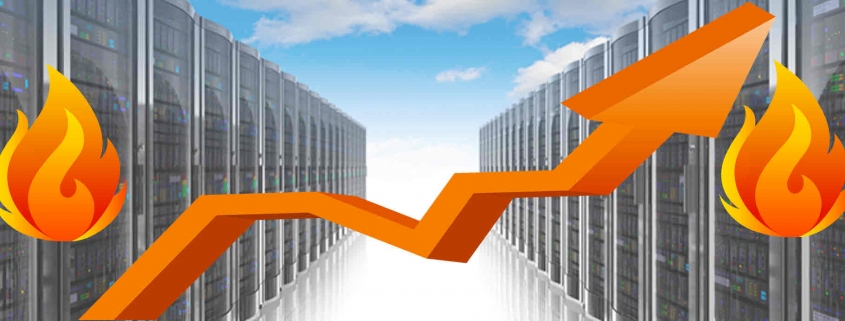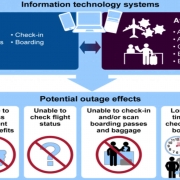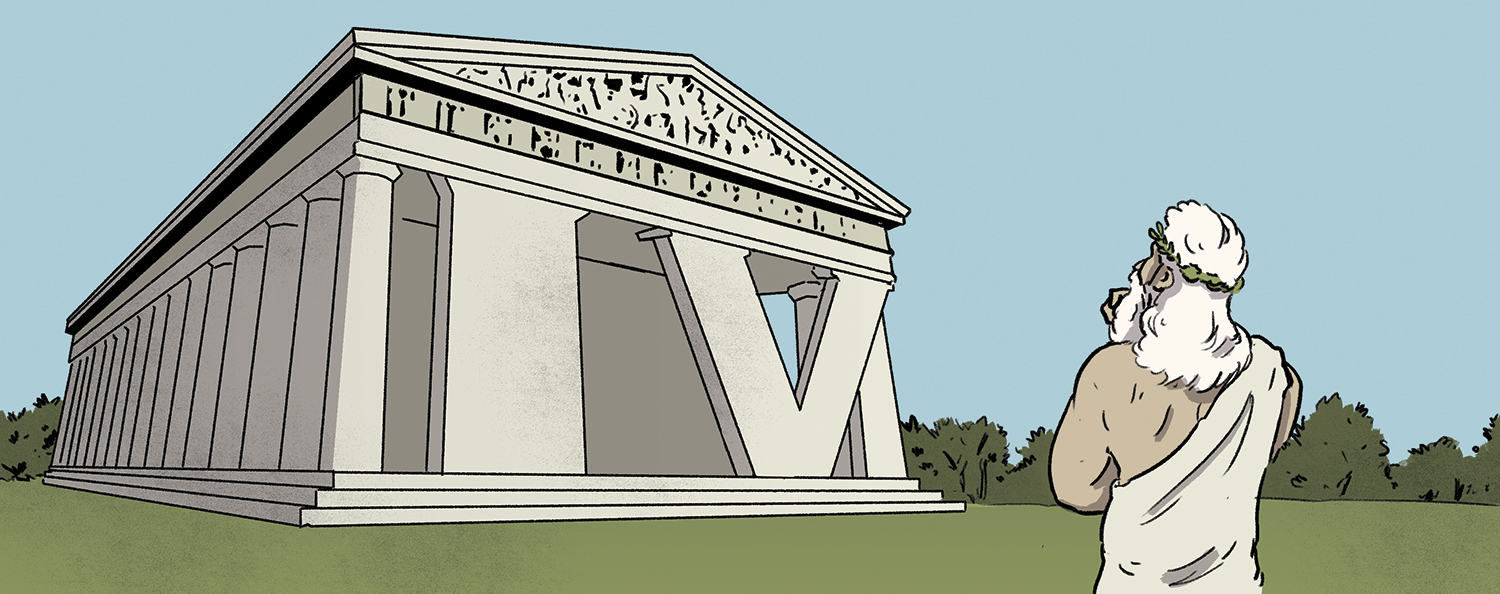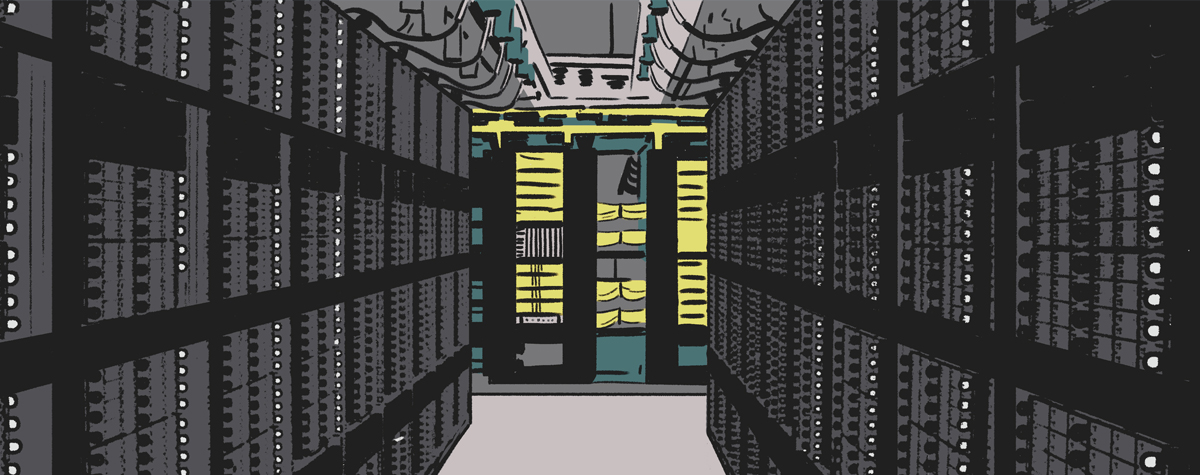Datacenter Fire Frequency
The catastrophic fire that occurred at OVHcloud’s SBG2 data center in Strasbourg, France (see last week’s blog about it) has led many operators to question their vulnerability to fires.
Fires at data centers are a constant concern, but are rare. In almost all cases of data center fire, the source is quickly located, the equipment isolated, and damage contained to a small area.
Uptime Institute’s database of abnormal incidents, which documents over 8,000 incidents shared by members since its inception in 1994, records 11 fires in data centers — less than 0.5 per year. All of these were successfully contained, causing minimal damage/disruption.
A separate Uptime Institute database of publicly recorded incidents around the world — which includes only those that receive public/media attention — also shows fires are rare, with outages often caused by fire suppression equipment.

One or two of these fires have been serious and have led to some destruction of equipment and data. However, the data centers or communications rooms involved have been small, with minimal long-term disruption.
The majority of incidents begin and end in the electrical room (although “people doing dumb things” — such as overloading power strips or working with open flames near flammable materials — is also a cause, says Uptime Institute Chief Technical Officer Chris Brown). Faults in uninterruptible power supplies can create heat and smoke and can require that the equipment be immediately isolated, but the risk rarely goes beyond this, due the lack of nearby combustive materials.
If batteries are nearby, they can catch fire and will burn until the fuel is consumed — which can take some time. Lithium-ion batteries, which are commonly perceived as a fire risk, contain internal monitoring at the cell level, which cuts the battery power if heating occurs.
In recent years (before OVHcloud Strasbourg), accidental discharge of fire suppression systems, especially high pressure clean agent gas systems, has actually caused significantly more serious disruption than fires, with some banking and financial trading data centers affected by this issue. Fires near a data center, or preventative measures taken to reduce the likelihood of forest fires, have also led to some data center disruption (not included in the numbers reported above).
Responsibility for fire regulation is covered by the local AHJ (authority having jurisdiction), and requirements are usually strict. But rules may be stricter for newer facilities, so good operational management is critical for older data centers.
Uptime Institute advises that all data centers use VESDA (very early smoke detection apparatus) systems and maintain appropriate fire barriers and separation of systems. Well-maintained water sprinkler or low pressure clean agent fire suppression systems are preferred. Risk assessments, primarily aimed at reducing the likelihood of outages, will also pick up obvious issues with these systems.
The Uptime Tier IV certification requires 1 hour fire-rated partitions between complementary critical systems. This is to help ensure a fire in one area does not immediately shut down a data center. It does assume proper fire suppression in the facility.


 2019
2019







